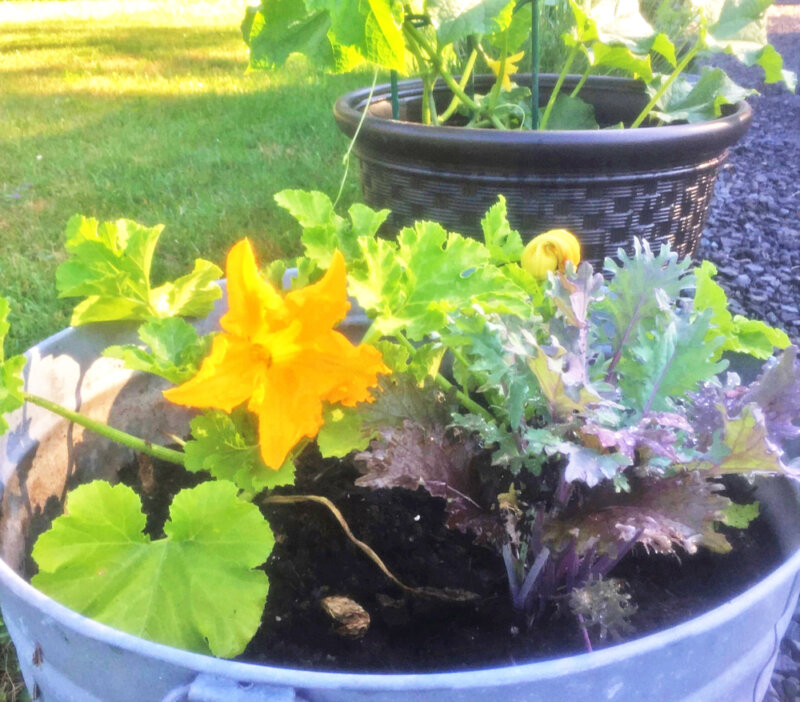Containers may be way to release inner gardener
Container gardening is a good option if you have limited space or want to be able to alter your environment by moving pots around. You will have fewer plant diseases and weeds and less physical stress as containers can be placed at a height requiring less bending.
Before deciding to start a container vegetable or herb garden, assess your growing conditions. Most veggies and herbs require a minimum of six hours per day of direct sunlight, but many salad greens may be fine with a minimum of four hours of direct sunlight daily.
When choosing containers, be creative or practical. For example, you can cut the top off a plastic gallon milk jug or purchase a stylish pot of the same size.

Many vegetables and herbs can be grown successfully in containers, if planted in the proper size container and requirements for water, sunlight and other growing conditions are met.
Another thing to consider when choosing containers is the material. They may be made of clay or terracotta that’s glazed or unglazed, metal, plastic or wood. You also can plant in grow bags. All have advantages and disadvantages.
For example, clay may be more attractive, but plastic is lighter, making the pots easier to move. Plastic also has better water retention.
Any containers used for planting must have good drainage. Avoid anything that once held something toxic. When re-using any container, always sanitize it first with a mix of 10 percent bleach and 90 percent water.
When deciding what to plant, choose vegetables and herbs that you and your family like. Consider a theme garden. A pizza garden might include tomato, oregano and basil plants, while a salad garden could have lettuce, arugula, chervil and endive.
After determining what to grow, research the plants’ requirements. Choose plant varieties labeled bush, patio, dwarf or compact as well as disease-resistant cultivars developed for containers.
Next, determine the size of container needed. For example, a single tomato plant will require a five-gallon pot while basil, which grows well with tomatoes, only needs a soil depth of eight inches. I prefer to select a container based on the size of the full-grown plant rather than having to re-pot.
Before planting, determine the last and first freeze dates for your specific U.S. Department of Agriculture Plant Hardiness Zone. This information can be found here. Through this link, you also will find recommended timing for planting specific vegetables. You can plant in containers at the same time you would plant in-ground.
To plant, line the base of the pot with coffee filters, newspaper or paper towels to prevent soil loss. Drill holes for drainage first, if needed.
Fill the container with potting mix to 1/2- to 1-inch below the top. Finish by soaking the potting mix with water.
Use a potting mix labeled for container gardening. Read the label as so many have added nutrients while others are formulated for better water retention. You will need to replace your potting mix every growing season.
As to watering, the rule of thumb is not to let the soil dry out. It is best to water in the morning and near the base of the plant, applying water until it drains out the bottom. Plants in containers may require daily and possibly even twice daily watering, but do not overwater.
For nutrition, use a water-soluble fertilizer such as 10-20-10. Be sure to follow all label directions carefully.
At the end of the outdoor growing season, consider moving your herb containers inside as it might be possible to maintain them year-round. I have done this with rosemary. This works best if you have a sunny south-facing window.
(Jodi Larison is a University of Vermont Extension master gardener intern from West Dover.)
